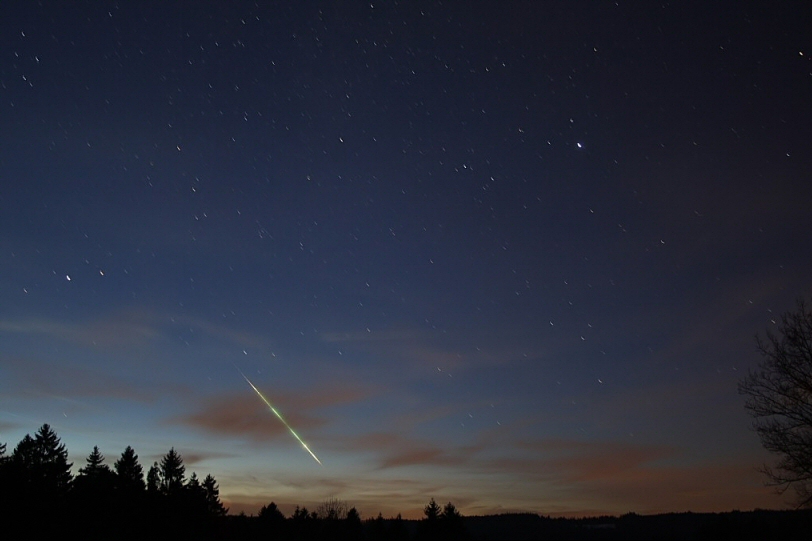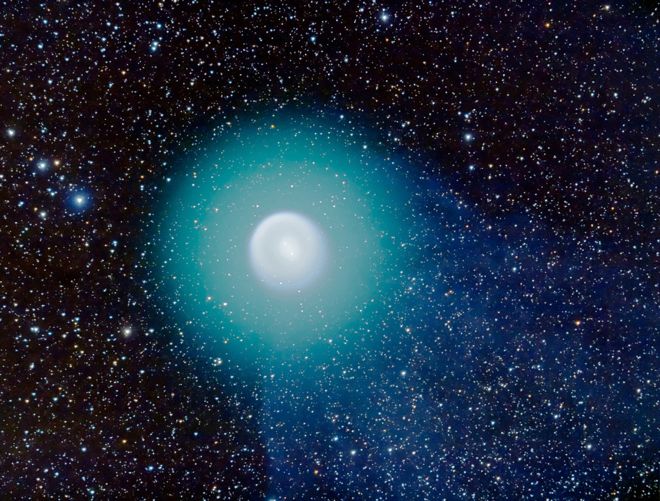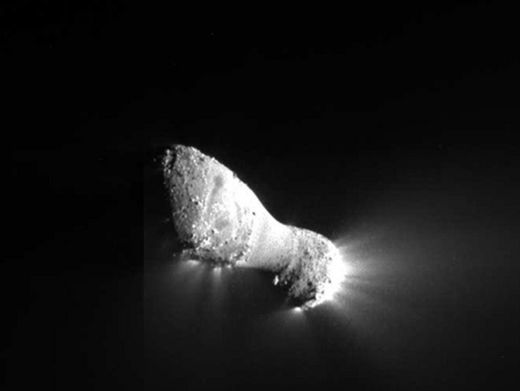A report of an effort to find the extra-terrestrial visitor, by members of the German Meteorite Forum.
© Hermann Koberger, Fornach (Austria)
On Jan. 8th, 2011, at 17:51h local time, a bolide stroke across the evening sky in southern Germany. The bolide was witnessed by many, and captured by at least two cameras in Switzerland and Austria. Also roaring sounds and thunder were reported. Especially the reports of sound being heard made (potential) meteorite hunter hearts beat faster...
One of the two known photographs of the bolide was made in Switzerland by one of Mark Vornhusen's meteor-camera-network cameras. Being a member of the German Meteorite Forum, Mark posted his photo on the Forum, and soon after other reports were shared, including a beautiful second photograph, made by Hermann Koberger in Fornach (Austria).
As both photographs captured the bolide at angles almost perpendicular to each other, this yielded a perfect opportunity to determine the location of the track across the sky, and it's projection on the earth's surface. The exact location of both cameras was known, and because stars were visible in both photographs, combined with the know time of exposure, directions could be determined fairly precise. Track ends in both photos could be calculated at about the same high above the earth's surface (28 km). Track beginnings showed a difference. The Swiss photo seemed to have captured the bolide somewhat earlier in its flight. This could be explained by the larger distance to the track in the Austrian photo, and the lower sensitivity of this camera. The Austrian track was extrapolated to the Swiss photo's high at the beginning.
From the two photographs, Mark Vornhusen calculated the location of the bolide's start and end point and their highs above the earth's surface. He also collected wind speed information for different highs, and came up with a first prediction of a possible fall area. It was situated near the German city Geislingen an der Steige.
Forum members became excited about the idea to go out, and try to find meteorites that might have reached the ground.
With a calculated bolide end high of 28 km (17.4 miles), there was expected to be little chance of material being found however.
On the other hand, this looked to be an ideal opportunity to meet fellow Forum members, and have a great time "talking meteorite" with the equal minded.


